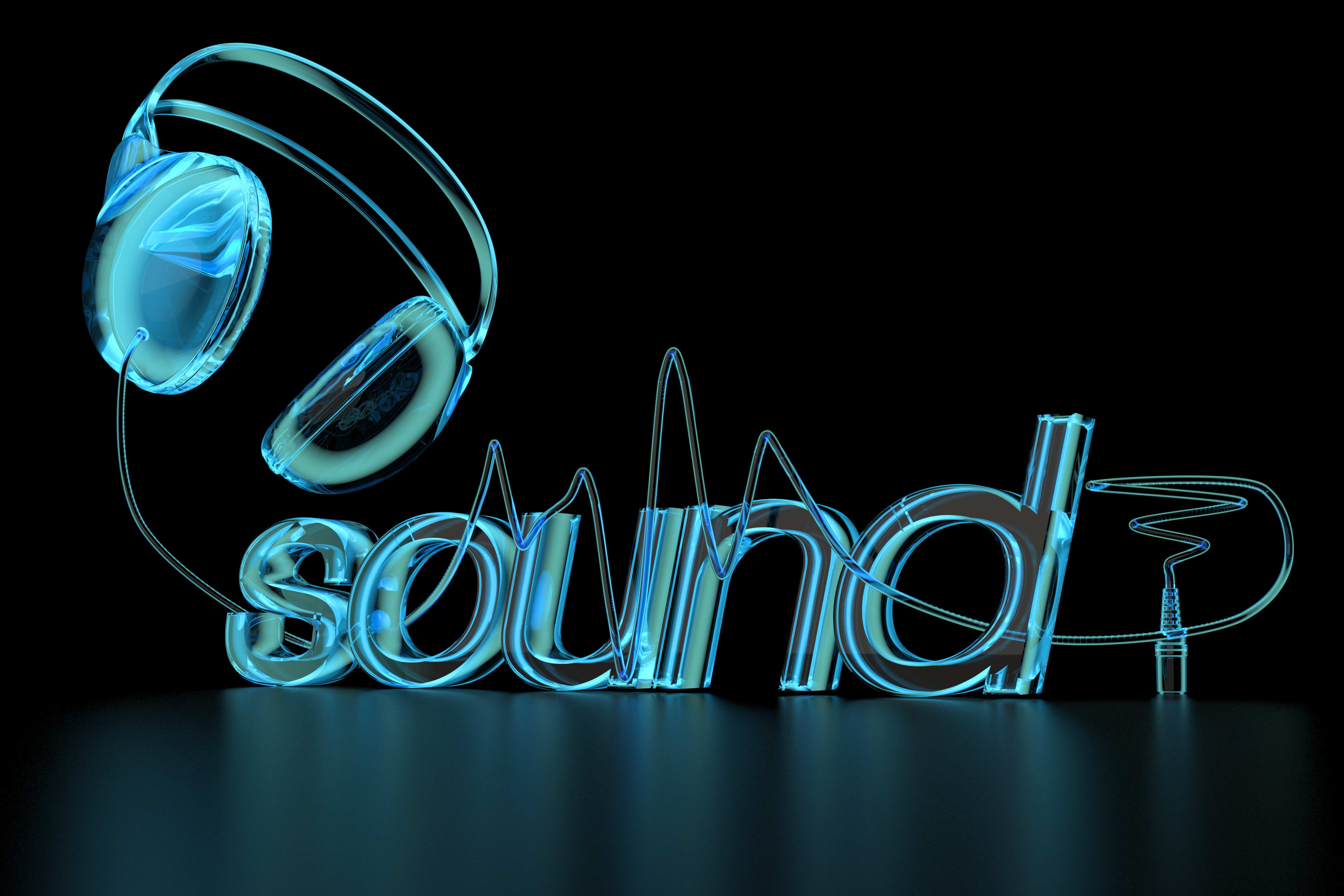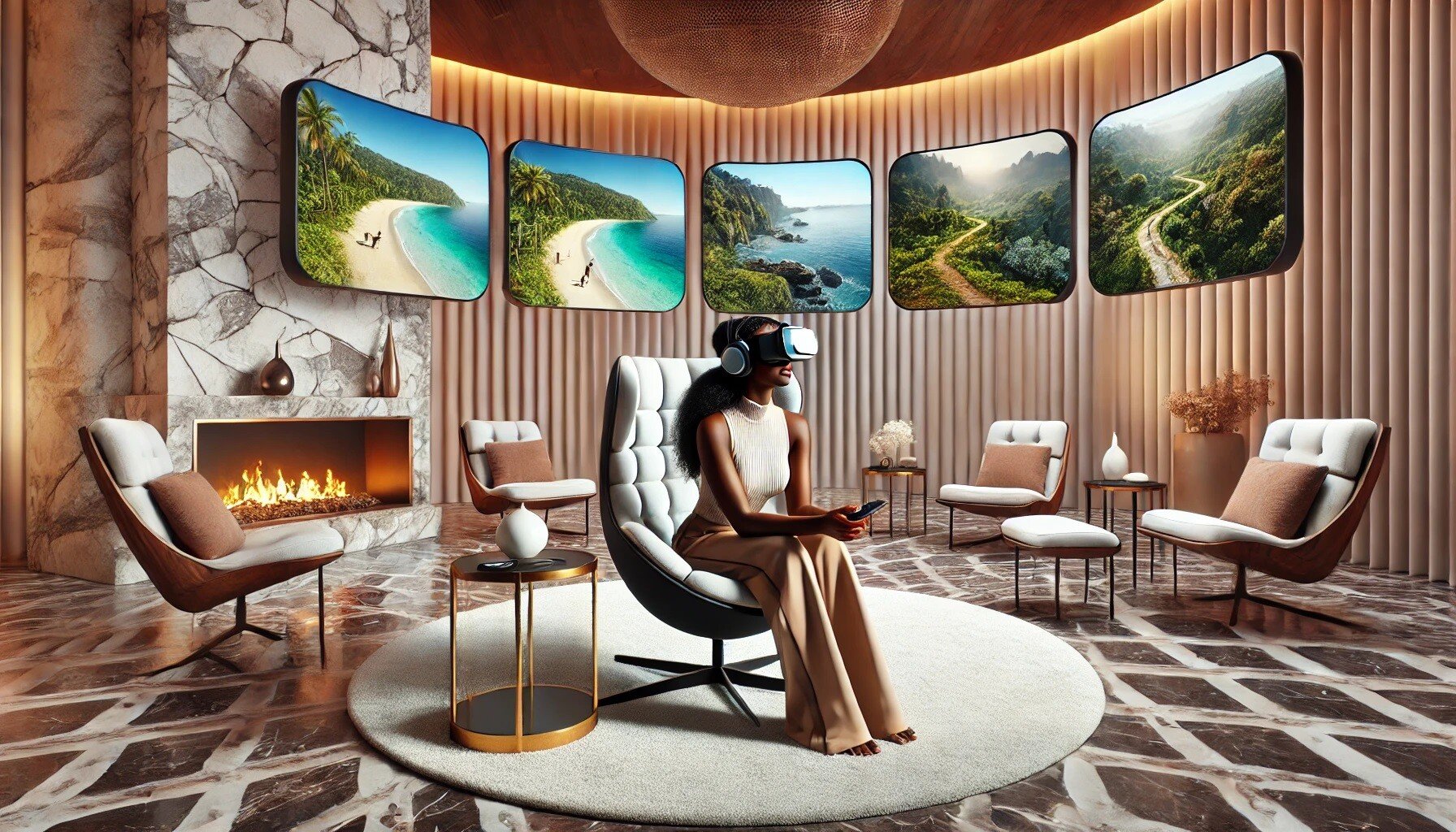Exploring the Convergence of 8D Audio and Virtual Reality for Enhanced Healing
The integration of 8D audio with virtual reality (VR) nature scenes represents a pioneering approach in the realm of digital therapeutics, offering a...

Have you ever heard of 8D sound or spatial audio? These are two terms that have been gaining popularity in the music and audio industry, especially on platforms like YouTube and SoundCloud. But what do they mean, and how do they differ from each other? In this blog post, we will explain what 8D sound and spatial audio are, how they work, and how you can experience them.
8D sound is a term that is used to describe a type of audio that creates an illusion of movement and directionality in the sound. It is also known as 8D audio, 8D music, or 8D tunes. The name 8D sound is misleading because there is no such thing as eight dimensions in audio. Audio only has three dimensions: left-right, front-back, and up-down. However, 8D sound uses various techniques to manipulate the sound and make it seem like it is coming from different directions and distances, depending on where you look and move in the virtual environment.
8D sound is created by combining equalization techniques, panning, and effects. Equalization is the process of changing the balance of different frequencies in audio. Panning is the technique of distributing sound on various audio channels, such as left and right. Effects are additional modifications that are applied to the sound, such as reverb, delay, or distortion.
By using these techniques, 8D sound producers can create a sound that moves in a circular or spherical way around the listener’s head, creating a sensation of immersion and realism. For example, a sound that is panned to the left will be louder in the left ear and quieter in the right ear, making it seem like it is coming from the left side. A sound that is equalized with a low-pass filter will have fewer high frequencies and more low frequencies, making it seem like it is coming from far away. A sound with a lot of reverb will have more echoes and reflections, making it seem like it comes from a large or open space.
Yes, you need headphones to listen to 8D sound because headphones allow you to hear the sound in a stereo way, meaning that each ear receives a different signal. This is essential for creating the sound's illusion of movement and directionality. If you listen to 8D sound through speakers, you will not get the same effect because the sound from one speaker will bleed into the other and be received by both ears at the same time. This will make the sound seem flat and static, and you will not be able to tell where the sound is coming from.
Spatial audio is a term that is used to describe a type of audio that reproduces the natural sound environment, taking into account the location, orientation, and movement of the sound sources and the listener. It is also known as 3D, binaural, or immersive audio. The name spatial audio is accurate because it refers to the sound's spatial characteristics, such as distance, direction, and elevation.
Spatial audio works by using a special microphone that has multiple capsules arranged in a tetrahedral shape. This microphone records four audio channels, W, X, Y, and Z, which can be decoded and rendered for different playback systems, such as headphones or speakers. This technique is called ambisonics, and it captures the sound field in a spherical way, preserving the spatial information of the sound.
By using spatial audio, listeners can hear the sound as if they were in the original recording location, and they can also change their perspective and orientation in the virtual environment. For example, if the sound source is in front of the listener, they will hear it louder and clearer in both ears. If the listener turns their head to the right, they will hear the sound source more in the left ear and less in the right ear, and they will also hear the sound of the environment change accordingly. This creates a realistic and immersive sound experience.
No, you do not need headphones to listen to spatial audio because spatial audio can be played back on different systems, such as headphones or speakers. However, headphones can provide a more accurate and personal sound experience because they isolate the sound from the external noise and deliver it directly to the ears. Speakers, on the other hand, can create a more social and shared sound experience because they allow multiple listeners to hear the sound in the same space. However, speakers also depend on the room's acoustics and the listeners' position, which can affect the quality and accuracy of the sound.
8D sound and spatial audio are both types of audio that create a sense of immersion and realism in the sound, but they have some differences in terms of how they are produced and how they work. Here are some of the main differences between 8D sound and spatial audio:
If you want to experience 8D sound and spatial audio, you can find many examples and sources online, especially on platforms like YouTube and SoundCloud. You can also create your own 8D sound and spatial audio using software and tools that are available for free or for a fee. Here are some of the ways you can experience 8D sound and spatial audio:
8D sound and spatial audio are two types of audio that create a sense of immersion and realism in the sound, but they have some differences in terms of how they are produced and how they work. 8D sound is an effect that is applied to a stereo recording to make it seem like the sound is moving in a circle around the listener’s head. Spatial audio is a technique that captures the sound field in a spherical way, preserving the spatial information of the sound. 8D sound requires headphones to listen to, while spatial audio does not. 8D sound and spatial audio can be found and created online using various software and tools. If you want to experience a new and innovative way of listening to music and audio, you should try 8D sound and spatial audio. You might be surprised by the results.

The integration of 8D audio with virtual reality (VR) nature scenes represents a pioneering approach in the realm of digital therapeutics, offering a...

In an increasingly fast-paced and technology-driven world, corporate wellness programs have become more important than ever. Companies are realizing...
.jpg)
Virtual reality (VR) technology allows users to experience simulated environments as if they were there. VR has been around for decades, but recent...